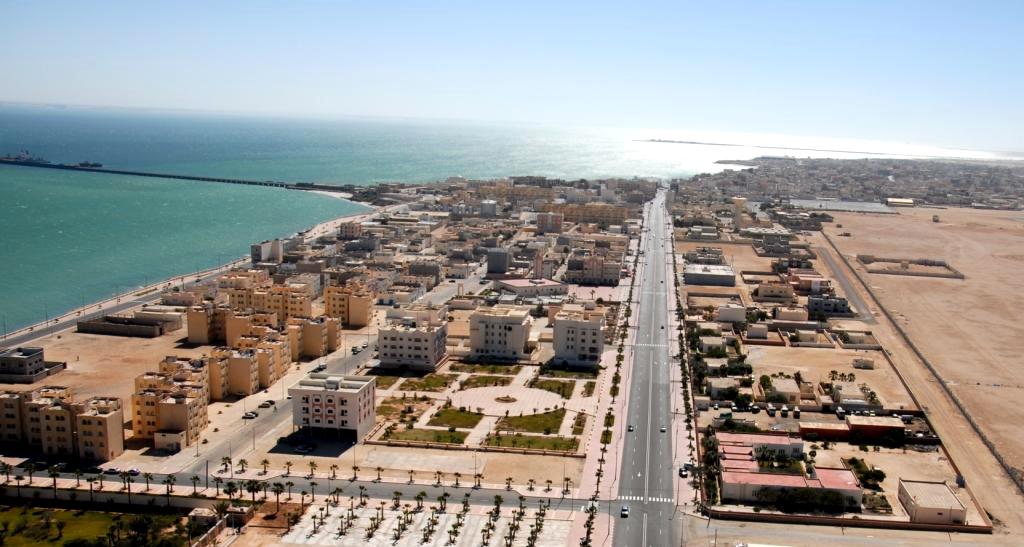Updated
Western Sahara, Who Should Vote – Part IV: With or Without – Robert M. Holley

Bustling Dakhla — where the Sahara meets the Sea — is a center of commerce, culture, and tourism in Morocco’s southern provinces. MOTM
Robert M. Holley
January 22, 2018
In the decade since Morocco offered its autonomy initiative for the Sahara, I have had innumerable conversations with both Saharwi and other Moroccans permanently resident in the region about this proposal. A few things stand out. Even as late as last year I still found the majority of my many friends in the south enthusiastic in their approval of this idea as the best way to solve the problem over the region’s future. However, as the years have stretched since its original introduction in 2007, I have also heard a growing skepticism about whether or when the initiative might finally be implemented. Coupled with that skepticism was a growing frustration with the continuing ability of Algeria and the Polisario to stall its execution by simply refusing to discuss it. And an equally growing frustration with the evident willingness of the international community to allow that to happen.
Perhaps the time has come to move forward with or without the Polisario and Algeria at the bargaining table.
In a very real sense, Morocco has already begun the process, but it may now be time to step up the pace. Morocco’s advanced regionalization plan, intended for the nation as a whole, has also taken on special status in the Sahara as preparation for an eventual autonomy for the region. Senior Moroccan officials have made this clear in public statements about the program many times over the past years. The early progress so far has been real but uneven as central, regional and local officials work to build capacity for the transfer of responsibilities and authorities to local communities, as envisioned by the law establishing the project. Clearly, this is a project that will take more time to become fully operational as everyone adjusts to their new roles. In the region, everyone seems to accept that, even if there are the usual and to be expected criticisms that are part of the normal “growing pains” of any project as ambitious as this one.
But advancing meaningfully towards an eventual autonomy arrangement for the Moroccan Sahara need not depend wholly on how much progress is being made on implementation of the advanced regionalization program. There are other serious steps that can be taken, whether the Polisario or Algeria wish to participate or not.
While Morocco’s autonomy initiative is a robust proposal that addresses most of the architectural issues that any such arrangement needs to include, it is also still mostly a framework that requires a great deal more attention to the plumbing, wiring and materials that will complete the structure. This lack of construction detail was not an oversight in the initiative, rather it was a matter of design. It was intended at the outset that the proposal leave these matters to be determined by the parties at the bargaining table.
However, if the Polisario does not wish to negotiate, there are other and far more numerous stakeholders who have existential issues with how these matters are ultimately resolved. Perhaps that is the place to start the bargain. Beginning those discussions now might even inspire the holdouts, including those in the international community, to participate in breaking the logjam.
More on this in the future.
View previous entries in the “Western Sahara: Who Should Vote” series here:
Part 1: http://bit.ly/2rhrmZA Part 2: http://bit.ly/2Db7w3w Part 3: http://bit.ly/2DnRCGe
